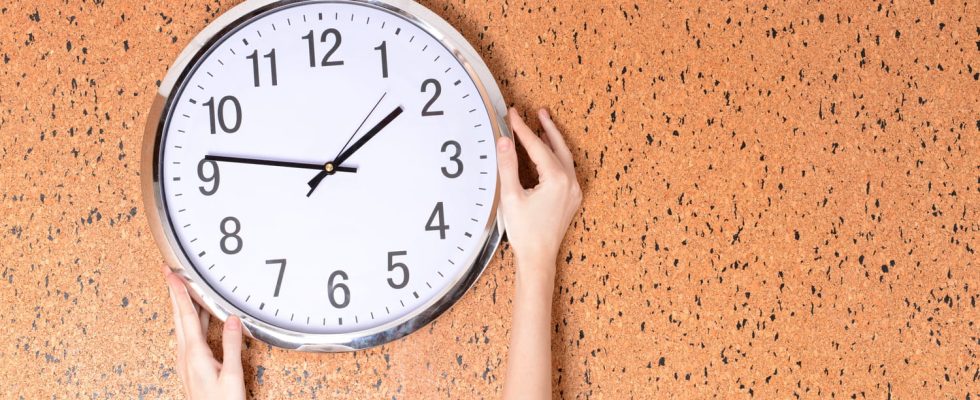Scientists have long understood that our body obeys different cycles. There are several types of biological rhythms according to their duration.
Definition: what is a biological rhythm?
“A biological rhythm is a cyclic variation of a physiological function. This is repeated in the same way according to a rhythm. This is the case of heart rate or sleep/wake rhythm For example” teaches Dr. Marie-Françoise Vecchierini neuropsychiatrist and sleep specialist. A certain number of biological rhythms are interrelated. This is for example the case of the rhythm of the internal temperature of our body which is linked to the sleep/wake rhythm: Sleep will occur when the internal temperature drops and awakening occurs when the temperature rises.
Is it the same as the biological clock?
The biological rhythm and the biological clock are two very different notions. “The biological clock is a set of neurons which together form a cell group at the level of the hypothalamus and control the biological rhythms” informs Dr. Marie-Françoise Vecchierini. She specifies that in addition to this central biological clock each organ has its own biological clock more or less autonomous with respect to the central biological clock but the central clock synchronizes these biological rhythms.
What characterizes a biological rhythm?
A biological rhythm is characterized by its period, peak and amplitude. It can be characterized by mathematical methods. The ultradian rhythm (cycle less than 24 hours), the circadian rhythm (over 24 hours) and the infradian rhythm (cycle greater than 24 hours) represent the three types of biological rhythms. The circadian cycle is the most common in human beings. Chronobiology is the study of these rhythms in the body. We can give the example of the sleep-wake rhythm over 24 hours. Wakefulness and sleep occur physiologically with day/night.
What is the biological rhythm of sleep?
Under the effect of the biological clock, the 24-hour circadian rhythm governs the state of alertness: the body is physiologically “awake” during the day and “asleep” at night. In the morning, thedaylight stops the production of melatonin, also known as the hormone of darkness The individual then wakes up gradually. In the evening, the darkness causes our organism to secrete melatonin which helps you fall asleep. Melatonin tells the body that it is dark and is an endogenous synchronizer of our rhythms.
“We all have a chronotype“ informs Dr. Marie-Françoise Vecchierini. There are go to bed early-rise early and go to bed late-rise late but many subjects are of the intermediate type. This chronotype evolves during life. The sleeper-late-riseer chronotype is well known among adolescents. With aging, people tend to be ahead phase: they go to bed earlier and get up earlier. “Everyone can find their biological rhythm by trying to determine when you want to sleep” indicates the specialist. The beginning of our night sleep helps to determine our chronotype.
What to do if we have disturbed biological rhythms?
It is possible to be in phase advance or in phase delay. Phase lag is more common than phase advance. “Late adults need to go to bed very late, between 1 and 2 a.m., for example, and to get up very late. This rhythm which is physiological in adolescents is not in adults“says Dr. Vecchierini. The solution? Use light to advance or delay the rhythm, depending on its time of application. “Iexogenous melatonin can also help shift the sleep-wake rhythm depending on the time at which it is taken and may be indicated in the event of a disturbed biological rhythm, in particular in the event of a phase delay“adds Dr. Vecchierini.
Thanks to Dr. Marie-Françoise Vecchierini Neuropsychiatrist, Sleep Specialist at the Sleep and Vigilance Center of the Hôtel Dieu Paris Hospital (APHP) and member of the INVS office.
